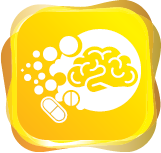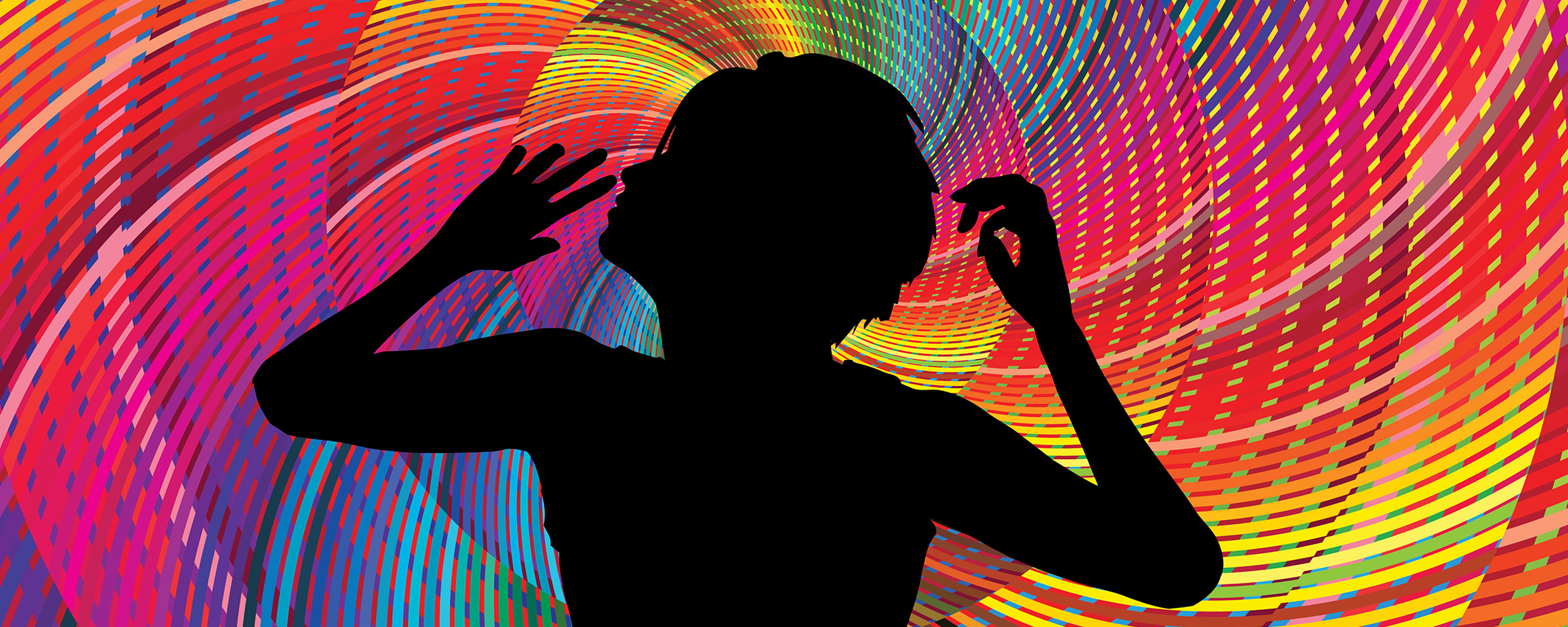 |
CCHU9077 Arts and Humanities
|
Course Description
We humans have a taste (and thirst) for mind-altering substances. Our use of alcohol, opium, hallucinogens, cocoa leaves and other psychoactive substances goes back almost ten-thousand years. On one end of that spectrum, that appetite is deadly, but on the other these substances have played an important role in religious ritual, artistic production, and the everyday lives of millions of people.
In addition, recent clinical studies featuring “club drugs” like MDMA and Ketamine show positive results in re-calibrating our brain chemistry, mitigating Post-Traumatic Stress Disorder (PTSD) symptoms and helping eradicate suicidal thoughts.
This course will ask fundamental questions about our long collective and individual use of psychoactive drugs, including examining the pressing scientific debate of substance addiction as brain disease versus behavioral disorder and its impact on choice of treatment protocols.
We will examine these questions with open eyes and minds, exploring the history of psychoactive substance use, the science of how these drugs alter us and even the resulting intellectual clarity or chaos they engender in the creation of our philosophy, literature, and arts.
All of this to better understand who we are and our frequent desires to be something different.

Course Learning Outcomes
On completing the course, students will be able to:
- Analyze different types of psychoactive substances and effect on human brain.
- Understand uses of psychoactive substances across timeline of human history.
- Analyze religious, political and societal reactions to human use of psychoactive substances (i.e.- religious prohibitions, the drug war, incarceration decriminalization)
- Identify/analyze scientific and medical approaches to understanding psychoactive substance use, abuse and addiction and subsequent treatment (12 step programs, cognitive behavioral therapy, harm reduction).
- Interrogate arguments for psychoactive addictions as brain disease verses behavioral disorder.
- Evaluate the representations of psychoactive substances in poetry, literature, art, film, narrative non-fiction and documentaries.
Offer Semester and Day of Teaching
Second semester (Wed)
Study Load
| Activities | Number of hours |
| Lectures | 24 |
| Tutorials | 12 |
| Reading / Self-study | 24 |
| Review of films, videos and websites | 12 |
| Assessment: Essay / Report writing | 20 |
| Assessment: Presentation (incl preparation) | 40 |
| In-class test | 4 |
| Total: | 136 |
Assessment: 100% coursework
| Assessment Tasks | Weighting |
| Quizzes | 20 |
| Short paper | 30 |
| Group project and presentation | 50 |
Required Reading / Viewing
Books excerpts from:
Brain Science of Psychoactive Substances and Addiction
- Lewis, M. (2015). The biology of desire: Why addiction is not a disease.
- Thomas, P., & J. Margulis. (2018). The addiction spectrum.
Recovery Group Literature
- Alcoholics Anonymous World Services Inc. (1939). Alcoholics anonymous: The big book.
- SMART Recovery. Self-Management and Recovery Training.
Science, Literature and the Arts Under the Influence
- De Quincey, T. (1820). Confessions of an English opium eater.
- Greene, G. (1940). The power and the glory.
- Kerouac, J. (1957). On the road.
- Markel, H. (2011). An anatomy of addiction: Sigmund Freud, William Halsted, and the miracle drug, cocaine.
- Rand, A. (1957). Atlas shrugged.
- Sartre, J. -P. (1952). Saint Genet.
- Stevenson, R. L. (1886). Strange case of Dr Jekyll and Mr Hyde.
- Thompson, H. S. (1971). Fear and loathing in Las Vegas.
- Thompson, H. S. (1973). Fear and loathing on the campaign trail ’72.
- Voltaire. (1759). Candide.
The War on Drugs
- Baum, D. (1996). Smoke and Mirrors: The War on Drugs and the Politics of Failure.
- Webb, G. (1998). Dark Alliance: The CIA, the Contras, and the Crack Cocaine Explosion.
- Winslow, D. (2015). The Cartel.
Drugs in War
- Kamienski, L. (2016). Shooting up: A history of drugs in warfare.
- Ohler, N. (2016). Blitzed: Drugs in the third Reich.
- Shay, J. (1994). Achilles in Vietnam: Combat trauma and the undoing of character.
- Shay, J. (2002). Odysseus in America: Combat trauma and the trials of homecoming.
- Wood, D. (2016). What have we done: The moral injury of our longest wars.
The Future
- Harari, N. Y. (2015). Homo Deus: A brief history of tomorrow.
TV/Film:
- Fear and Loathing.
- Netflix: Narcos.
Websites:
Course Co-ordinator and Teacher(s)
| Course Co-ordinator | Contact |
| Mr K.A. Sites Journalism and Media Studies Centre, Faculty of Social Sciences |
Tel: 3917 4072 Email: ksites@hku.hk |
| Teacher(s) | Contact |
| Mr K.A. Sites Journalism and Media Studies Centre, Faculty of Social Sciences |
Tel: 3917 4072 Email: ksites@hku.hk |

